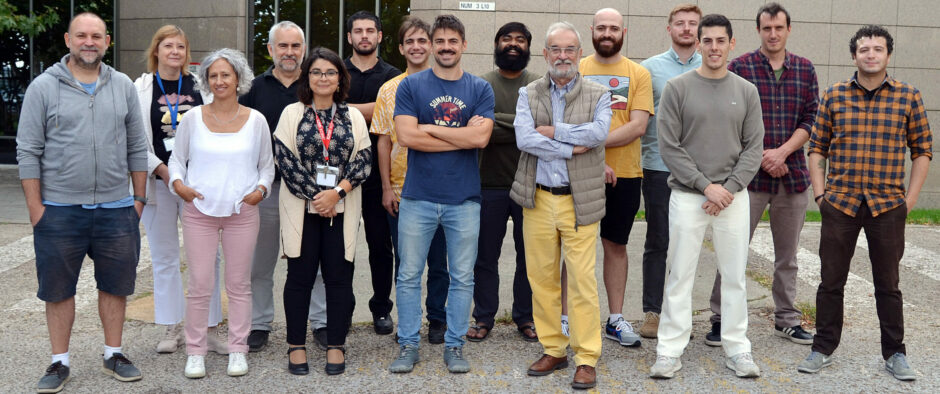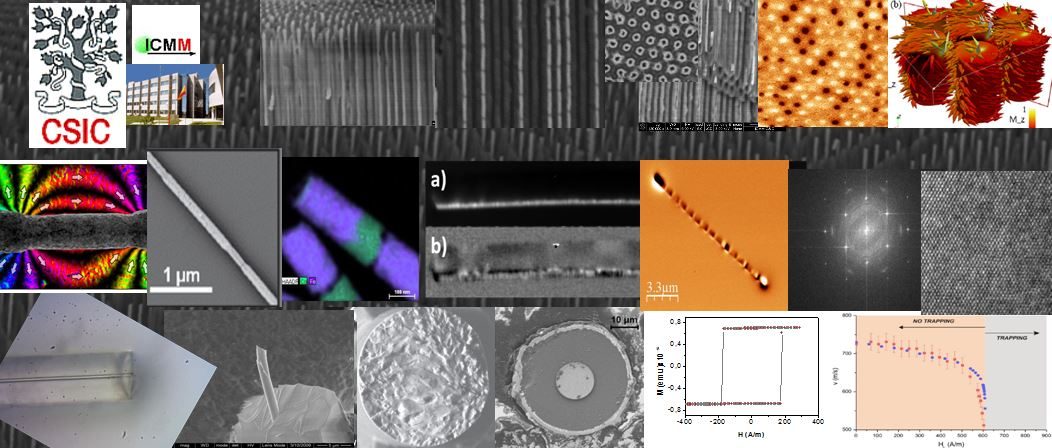PROJECT TITLE: Novel magnetic textures in planar curvilinear and three-dimensional magnetic nanostructures
MAIN RESEARCHERS: Oxana Fesenko, Rafael Pérez del Real
REFERENCE: PID2022-137567NB-C21.
FUNDED BY: Ministerio de Ciencia e Innovación
SINCE: 2023 TO: 2026
BUDGET: 200.000 €
ABSTRACT: The European Climate Law requires the EU economy and society to become climate-neutral by 2050 in a socially fair and cost-efficient manner and, as an intermediate target, to reduce net greenhouse gas emissions by at least 55% by 2030. One of the emergent sectors in the energy consumption is the information and communication technology (ICT) centres that produce more than 2% of global carbon emissions and could reach the 20% around 2030. The in-development Internet of Things entails the implementation of an extensive network of interconnected electronic devices, mainly sensors, with great demand of small amounts of energy to feed the devices. Then, even a very slight improvement in efficiency and energy harvesting translates into a large amount of energy saved with the corresponding huge economic impact.
More than half of the considered waste heat streams arise at a low temperature range, below 200 °C. Thermoelectricity is a key topic in energy harvesting due to its ability to convert heat directly into electricity. Although the thermoelectric and thermomagnetic devices are not efficient enough to play a role in large heat engines, they have unique advantages stemming from their very high specific power: they scale well to low power levels and are useful in applications where weight and size matter, which means that their role in fighting climate change can only materialize through the use of a large number of small devices.
According to the state of the art in the field of harvesting energy by Nernst effect, up to now, most of the results are based on insulator materials with high resistivity and thus low power efficiency, or use metallic ferromagnets with in-plane anisotropy and low remanence magnetization. However, some results indicate the interest of using metallic ferromagnetic materials (low resistivity) with high perpendicular magnetization (and thus with high ANE voltage in absence of magnetic field).
In short, the main goal of this project is to investigate the thermoelectric conversion efficiency of magnetic thin films with perpendicular magnetic anisotropy and growth onto flat and/or patterned subtracts. The applied advantages of the use of flexible substrates will also be addressed as well as the use of hybrid materials combining nanoparticles and thin films in the energy harvesting devices. Supported by the previous results, we propose to fabricate devices with high ANE coefficient, such as an anomalous Nernst effect thermopile, and using thin films with high PMA materials based on Fe or Co.


